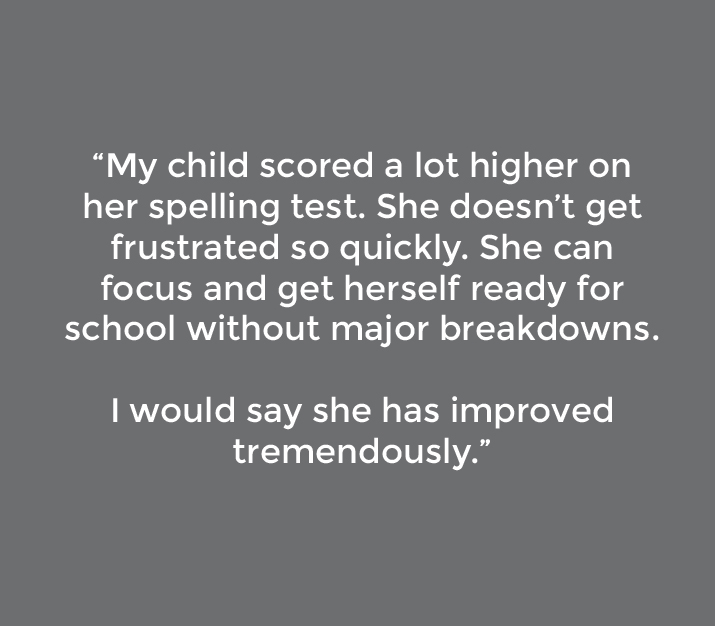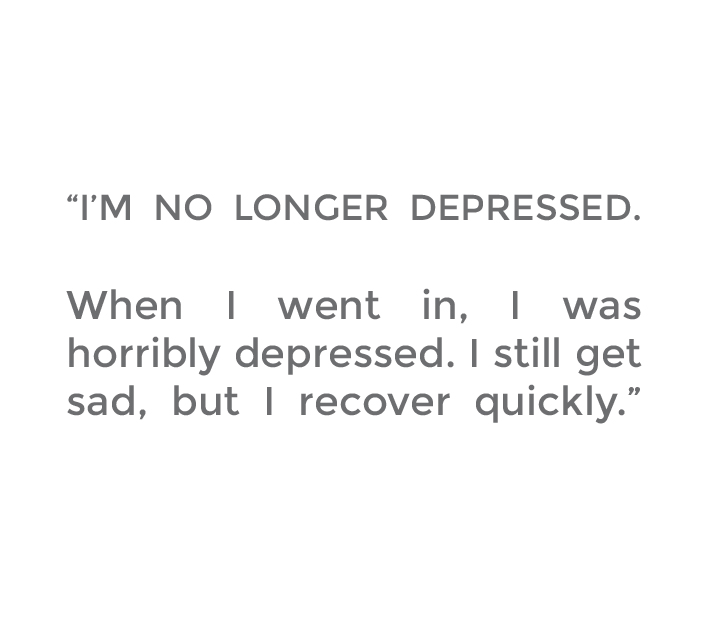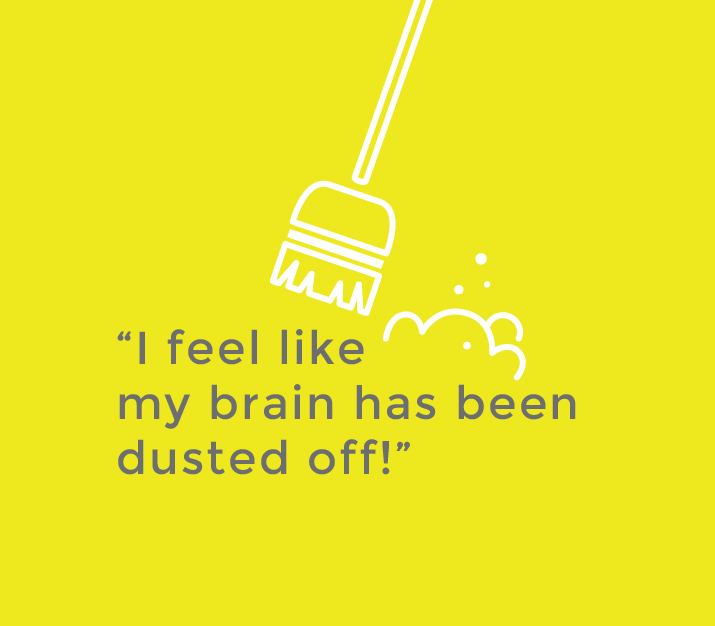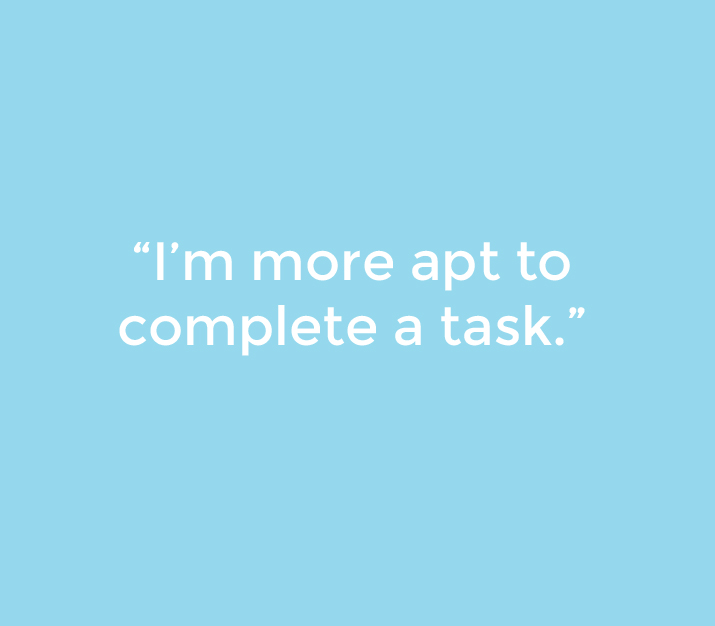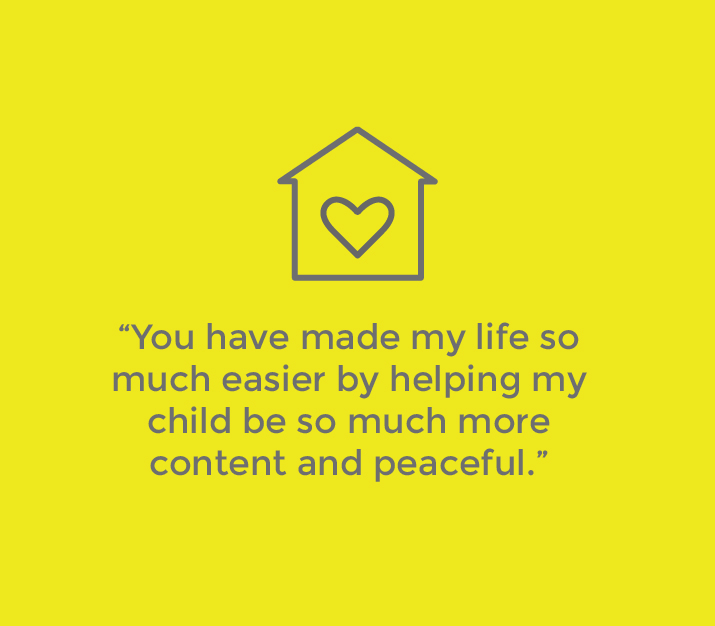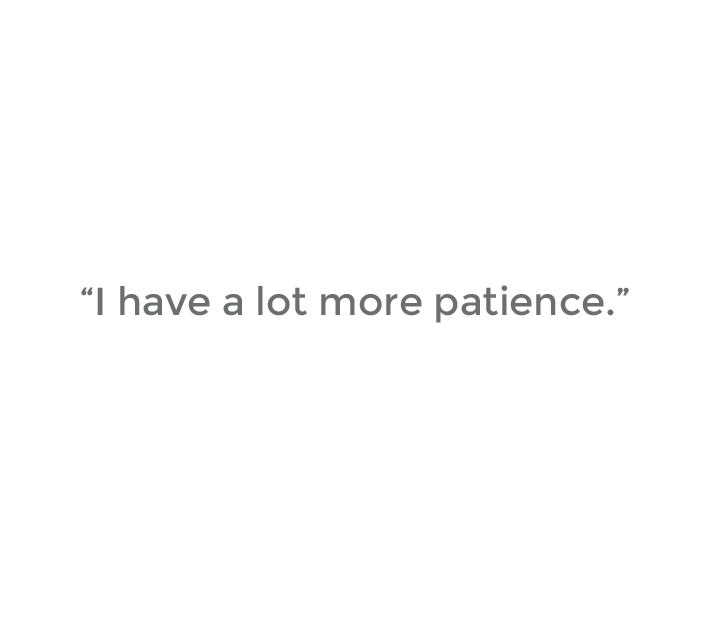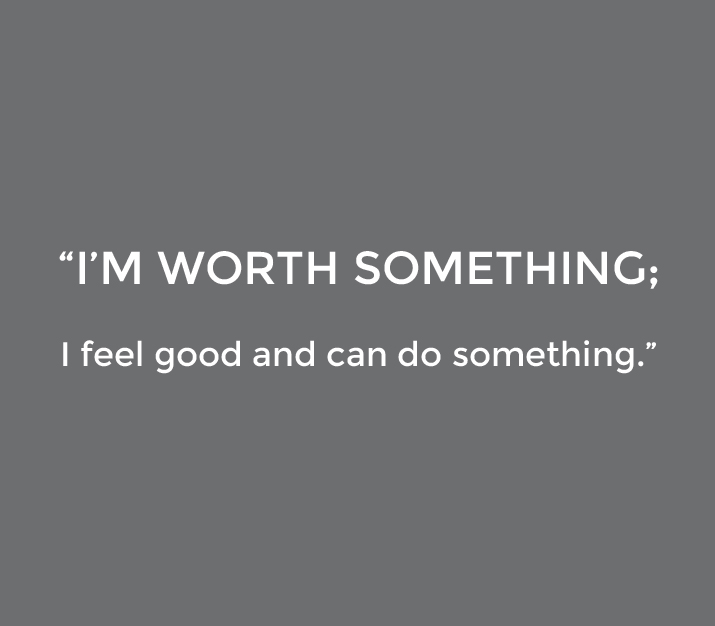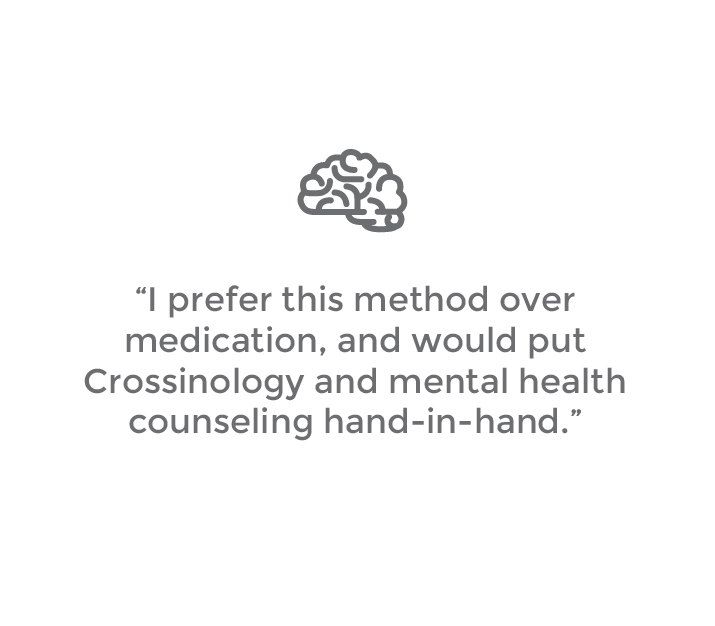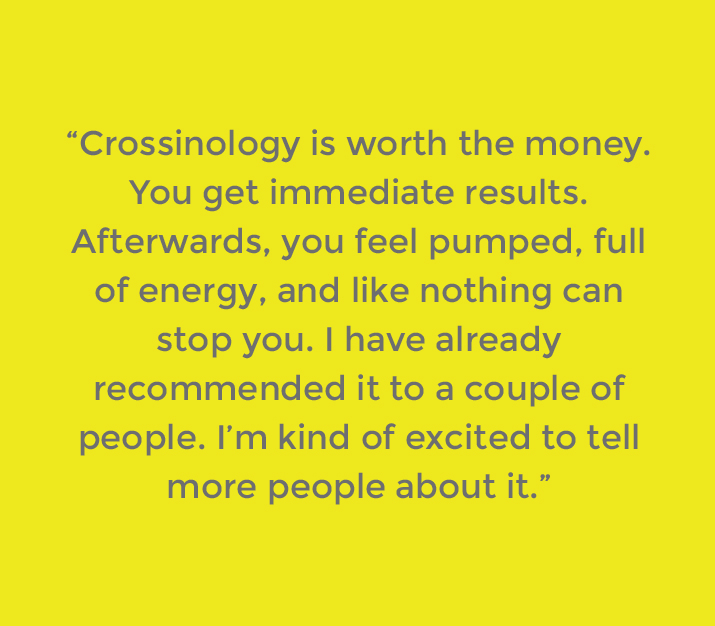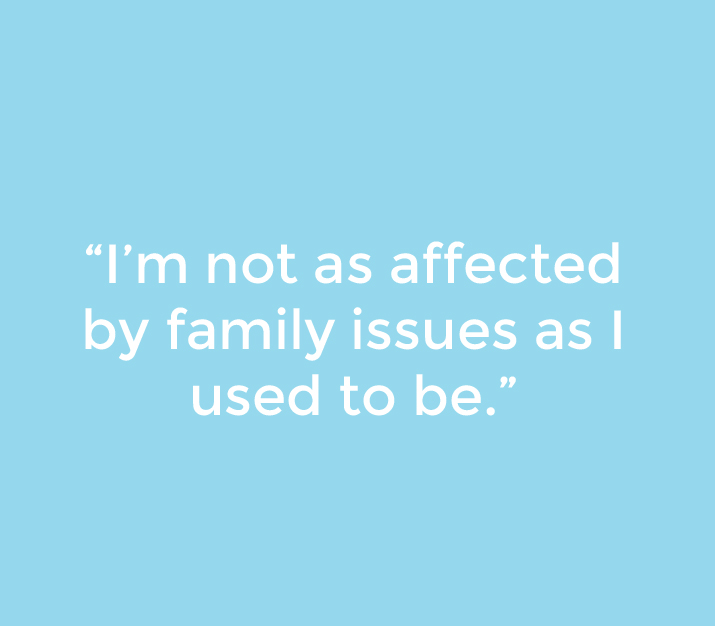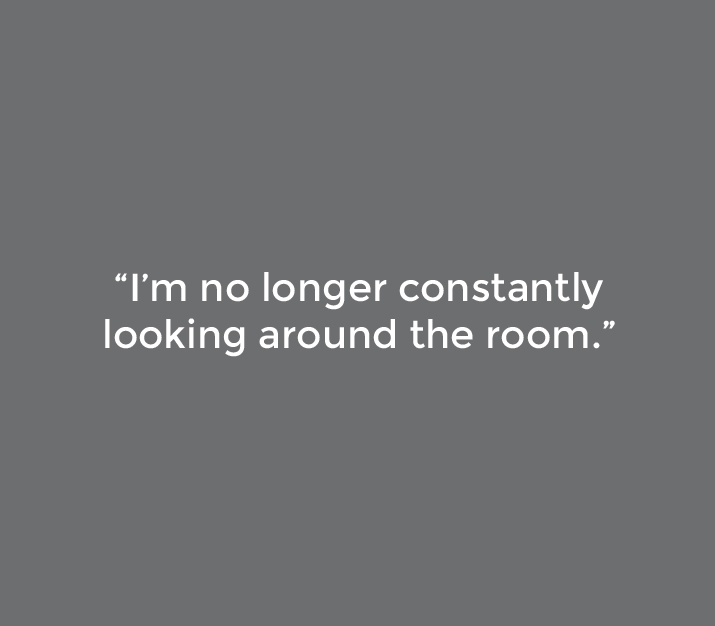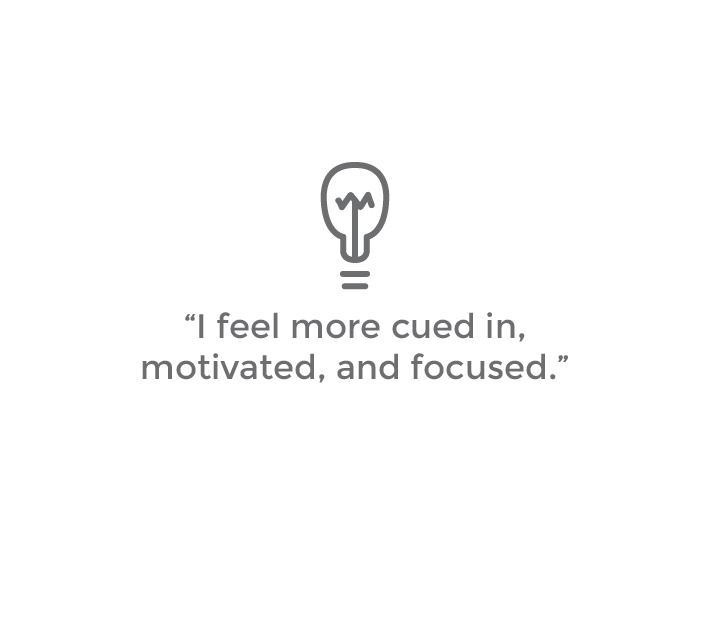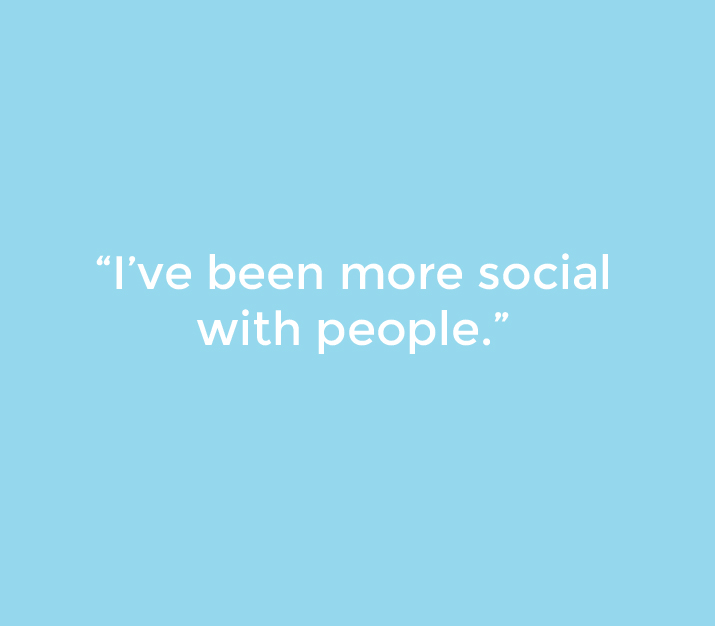Five Things You Should Do After Your Crossinology Brain Integration
/I vividly remember walking out of my Brain Integration appointment on a warm Thursday afternoon. I felt different, but it was hard for me to explain to my wife when I got home. There were people who were eager to know how things went, but it took me a few days before I was ready to talk to them about it. Imagine taking a car for a test drive and having someone call you as you’re trying to get a feel for the new car. I had to take my integrated brain for a spin before I could give a review.
One nice thing about the Crossinology Brain Integration technique is that it provides permanent results within 8 to 12 hours. Besides a six-week interview, there are no follow-up appointments. What can you do once you walk out of your appointment to get the most out of your brain integration after it’s done?
1. Keep a Journal
We all have different levels of self-awareness. For some people, changes resulting from brain integration are easily recognized. For others, it’s a little more difficult. Keeping a daily journal gives you a chance to focus on yourself and notice those changes.
In your first entry, write down all of the symptoms and behaviors that led you to have your brain integrated. Quite often, those who are around you regularly (friends, family, teachers, and co-workers) will notice changes before you do. Don’t be afraid to ask them for their observations and write them down as well.
2. Work with a Tutor
Brain Integration corrects neural pathways in your brain so that your brain can learn properly. However, it can’t place knowledge into your memory. A teenager whose reading and math are at a 2nd grade level will need to catch up to his/her peers. Fortunately, an integrated brain is like a dry sponge, ready to soak up new information. Paired with the individualized attention of a tutor, catching up will happen at an accelerated pace.
3. Meet with a Counselor
As I discussed in this blog post, Brain Integration corrects the impulse associated with behaviors and emotions, but learned habits and behaviors still exist. In some cases, meeting with a mental health counselor can provide training and education on how to overcome these. Most counseling treatment plans should be able to achieve its goals within four to six sessions.
4. Talk to Your Doctor
Crossinology is advertised as a drug-free solution to learning disabilities and other issues. However, most practitioners are not doctors and cannot provide guidance in changes to a medication regimen. If you do plan on switching it up, do it under the guidance of your doctor.
5. Share your Success
One side effect of completing a brain integration is the overwhelming desire to tell others about it. In fact, nearly all of our clients are referred by a friend or family member who have experienced it already. Spread the word! Talk about it with those who you care about most. We love to hear your experience, too - you can let us know about your success by clicking here.





